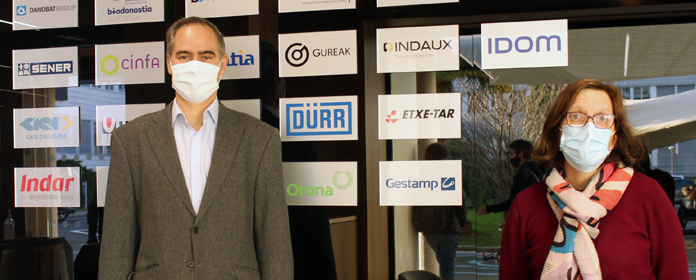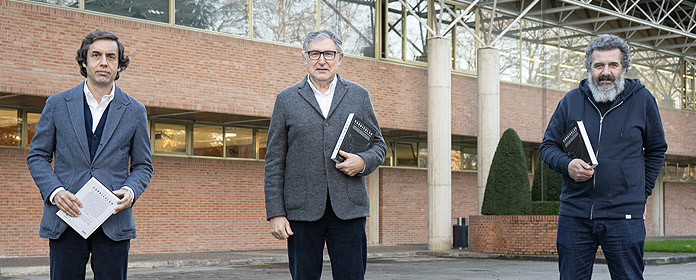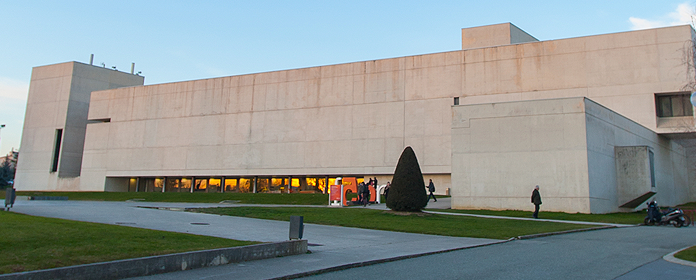Stem cells to improve the approach to neurodegenerative diseases
Prof. Steven Finkbeiner, director associate at the Gladstone Institute of Neurological Diseases (University of California, San Francisco, USA) presents at CIMA the results of his experimental work .
Most cases of Parkinson's disease and Alzheimer's disease are not caused by identifiable genetic mutations, so there are no reliable experimental models that reproduce the disease. Researchers at the Gladstone Institute of Neurological Disease are working on stem cells to try to develop therapies against these neurodegenerative diseases. "Our project is to use skin cells from patients, convert them into neurons and study them at laboratory. The goal is to understand the causes of the most common forms of Alzheimer's and Parkinson's disease," Prof. Steven Finkbeiner explained at CIMA at the University of Navarra.
Currently, there is no drug C that treats the major neurodegenerative diseases. "There have been many tests that looked promising in animal models but then failed in clinical trials, given the differences between mice and humans. So we need to have a system that finds human biologic drugs to help us find disease mechanisms and effective therapies for patients."
Dr. Finkbeiner's work combines a methodology based on robotic microscopy with pluripotent stem cell models of neurodegenerative diseases to create a platform to find drugs and therapeutic targets for the disease. "The automated robotic microscope allows us to follow the life and death of neurons at laboratory, similar to clinical trials with people.It is about 1,000 times more sensitive than usual methods and we use it to decipher the complex process of neurodegeneration. We used to think that all the changes that happen in the brain during these diseases were detrimental. But with this procedure we have discovered that the brain actively tries to cope with neurodegenerative diseases. Some of the changes we see are beneficial and slow down the disease process."
The first robotic microscope was developed at Prof. Finkbeiner's laboratory by Dr. Montserrat Arrasate, researcher at the laboratory Cellular Neurobiology at CIMA. "One of the common features of neurodegenerative diseases is the abnormal deposition of proteins in the brain of patients. Dr. Arrasate showed that the inclusion bodies that accumulate in Huntington's disease were a reactive response: they sequester the disease-causing protein inside a cell structure that is relatively inert."
Clinical applicationCombining this methodology with pluripotent stem cell models could improve the therapeutic approach to neurodegenerative diseases. "It is still too early to know whether it will have an impact on future clinical trials. But for the first time it has allowed us to study the most common forms of Parkinson's and Alzheimer's."
At present it is not known whether these neuropathologies share a common cause or have distinct causes that manifest similarly in the clinic. "By studying stem cells from patients we may be able to try to find out. The answer has big implications for development effective clinical trials. If these diseases have many origins and some therapies only work for some of the causes, they may fail in clinical trials, which is a huge healthcare expense . The pluripotent stem cell study will help to design more sensitive clinical trials to detect whether the drug is effective and to identify subgroups of patients who may benefit."





